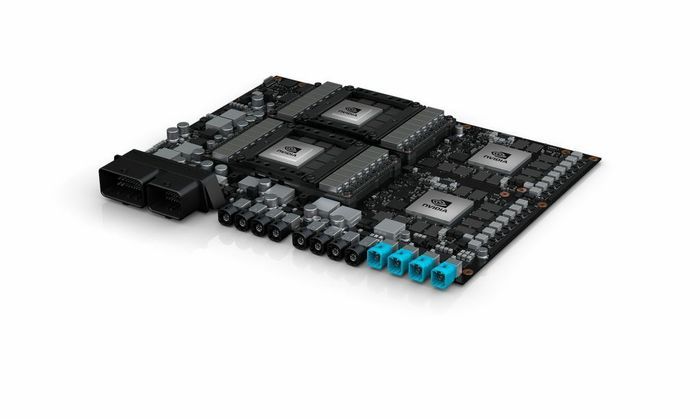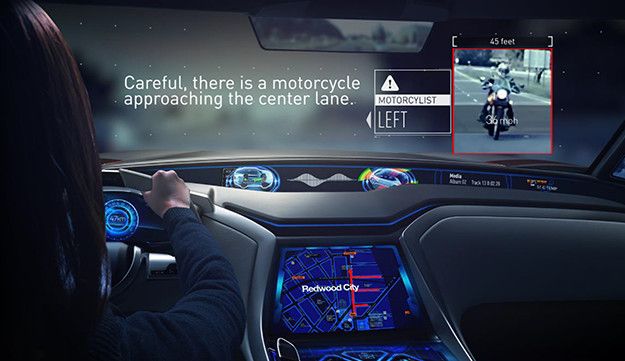For those of you who have been sleeping under a rock for the past 24 years, Nvidia is a company that is quite popular in the gaming and computer world thanks to its amazing graphics processors. You might recognize the name “GeForce” – it’s the company’s main product line. Well, the same company that builds GPUs for gamers has dived into the automotive market headfirst and has now released a whole new computing platform that is said to be capable of level-5 autonomy. That’s right folks, the future is here, and true driverless cars are right around the corner.
The name of this new computing system? It goes by the Codename “Pegasus” and is considered an extension of the Nvidia Drive PX AI computer platform currently in use by more than 200 companies working on self-driving cars. It’s excessively important because this specific computer is capable of delivering more than 320 trillion operations per second. To put that into perspective. A Tesla Model S, which uses the Nvidia Drive PX 2, is capable of 24 trillion operations per second. So, we’re talking about more than 10 Model S computers all running at the same time and in sync with one another. The technology is here; now it’s just up to developers to put it into play. But, it’s going to take some time. Keep reading to learn why.
It’s Not Easy Being Driverless
Out of all those companies that are partnered with Nvidia to deliver autonomous driving platforms, at least 25 of them are in the process of developing robotaxis to be our people-delivery slaves. But, at the current time, they aren’t exactly feasible for production as the deep learning process and related artificial intelligence requires a trunk full of computer equipment that’s not only a huge power suck but quite heavy as well. This system will make all of that a thing of the past, and instead provide all the computing power needed to analyze things like 360-degree cameras, lidar, radar, and laser sensors to maintain a safe and reliable journey all in something the size of a modern license plate. That means these cars will shed weight and account for a serious decrease in energy consumption.
Now, this is, of course, really good news, but the truth is that this is only one piece of the puzzle. This is the hardware, but it’s up to developers to integrate and develop software for it. And, keep in mind that they have to develop code that can handle all driving situations or “think” for itself. To add to that, it won’t be available to developers until mid-to-late 2018. Even still, if developers can pull it off, we just might see self-driving cars in the next decade after all…
What’s your take on driverless cars? Will you give it a try with driverless taxis or would you rather a human stay behind the wheel? Let us know where you stand in the comments section below.
References
Tesla Model S
Read our full review on the 2017 Tesla Model S.
Read more autonomous cars news.



